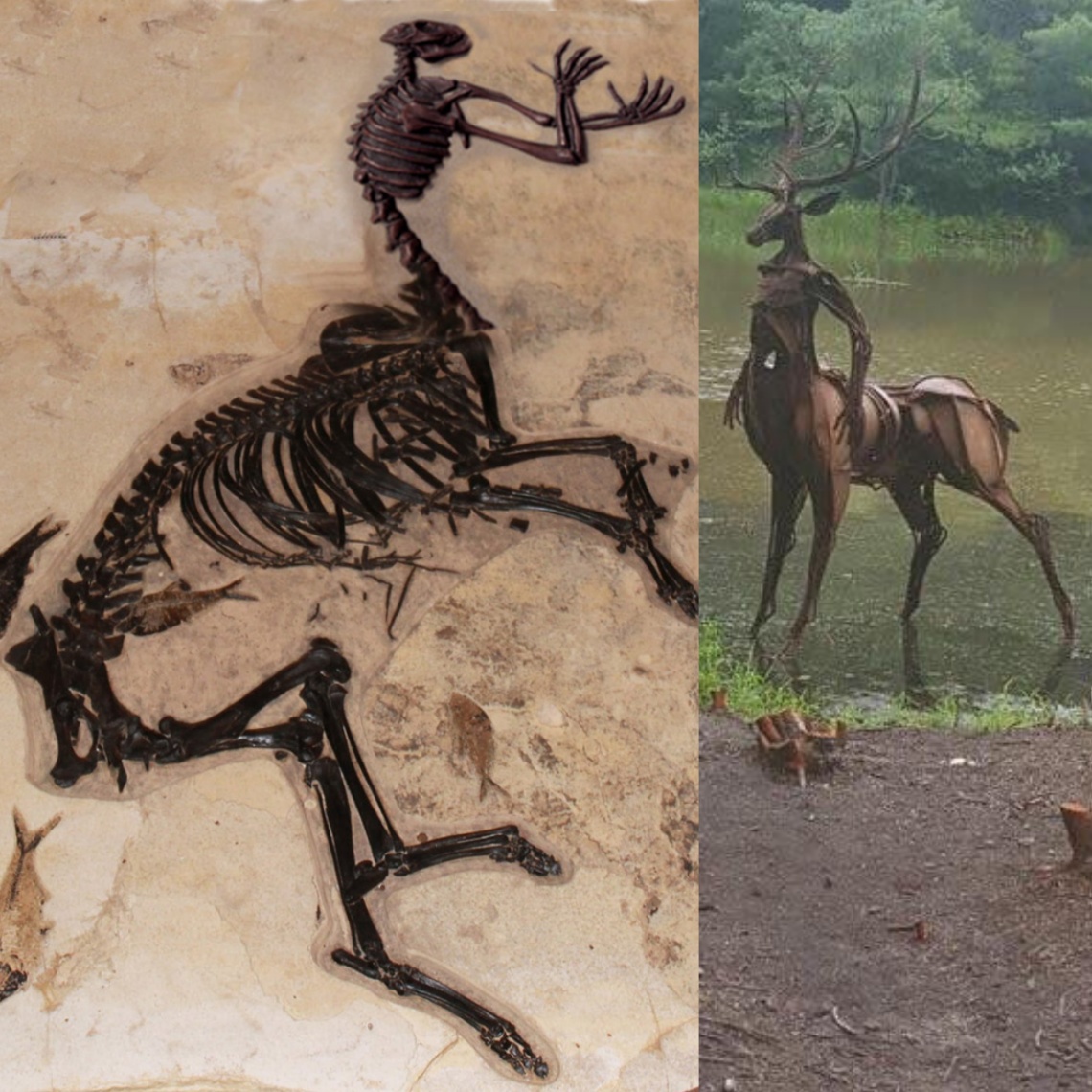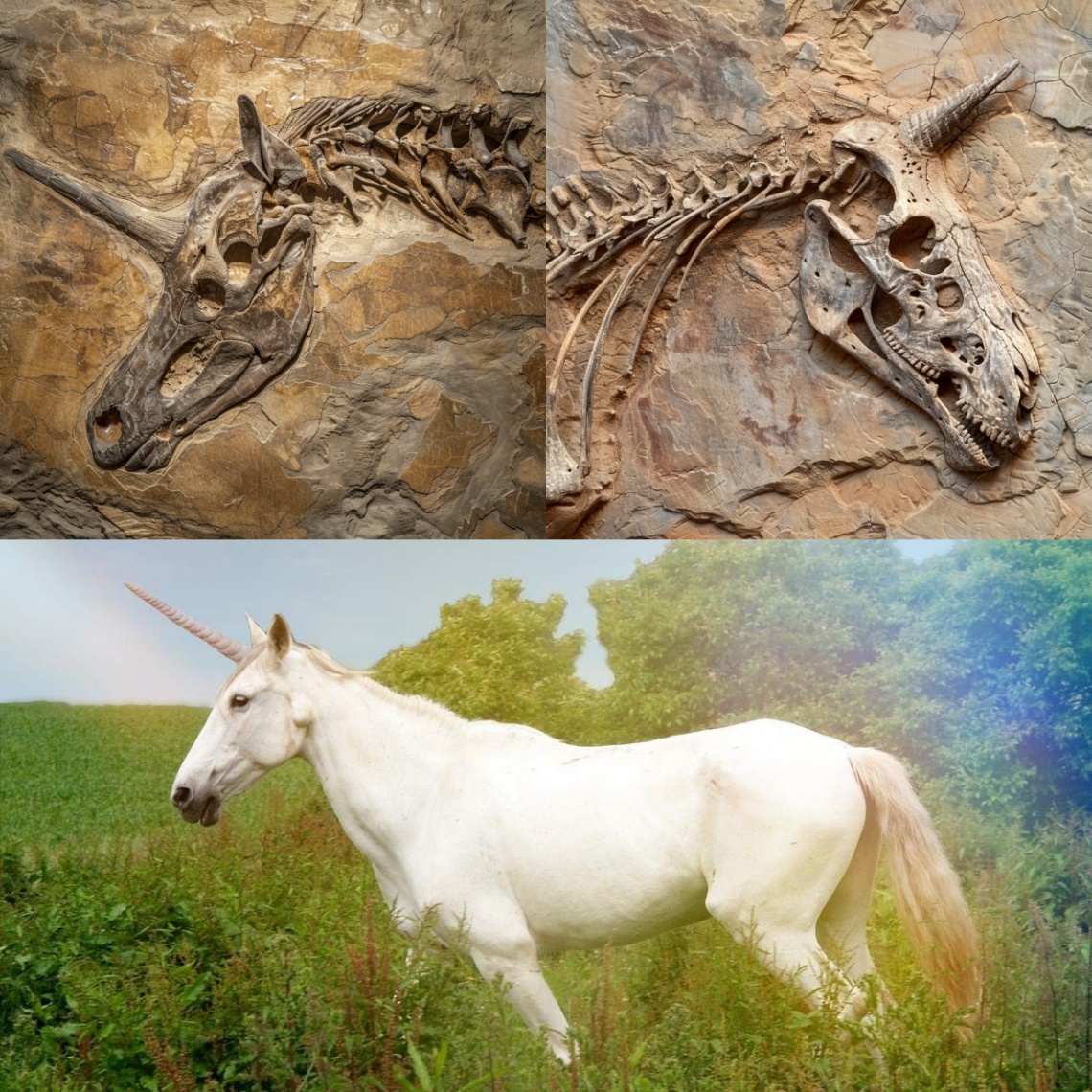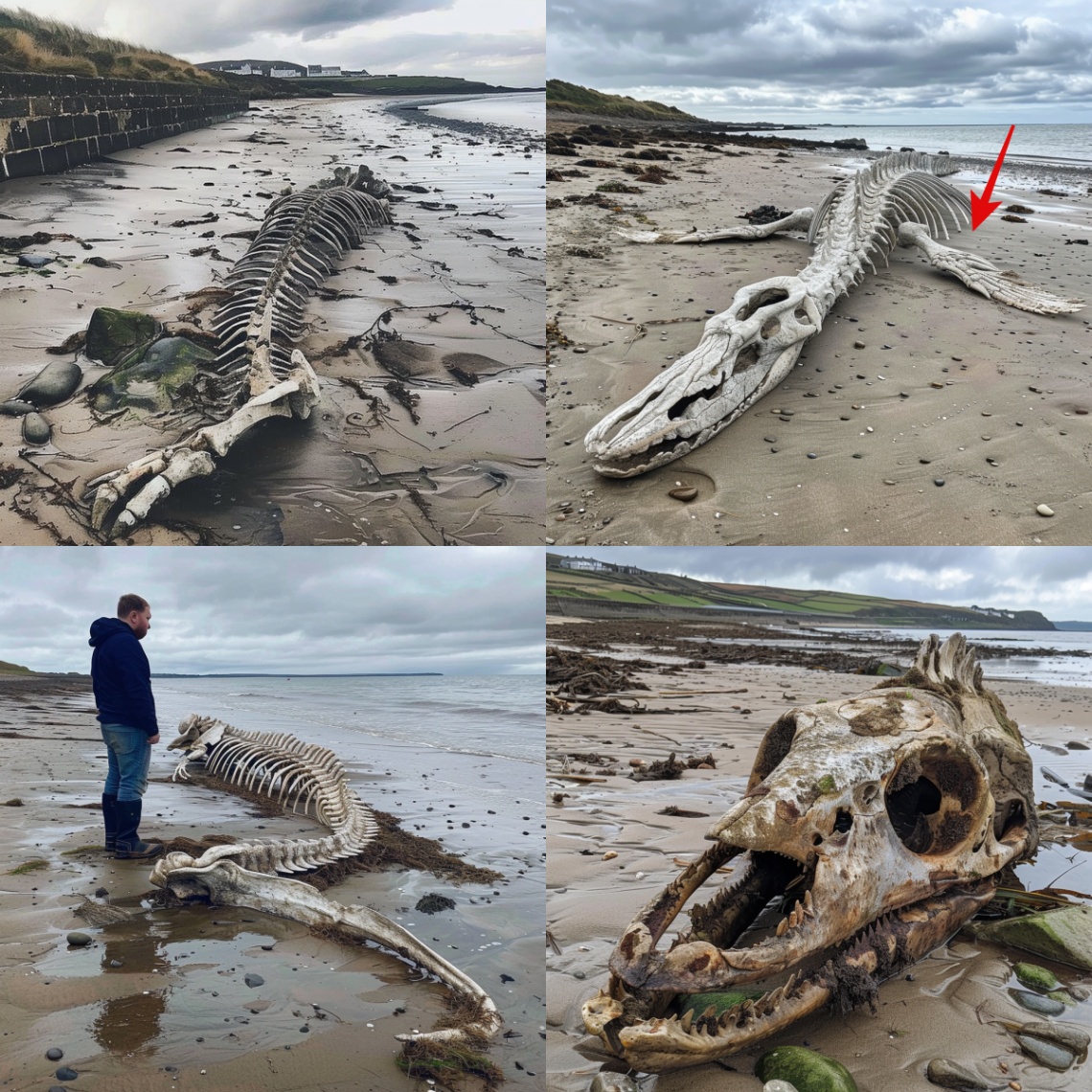The Coelacanth fish has a unique body structure, being the only known living animal with joint connections within its skull that almost completely separate the front and back halves of the skull from the inside. This post explores the fascinating characteristics of this indigenous fish species from the Indian Ocean and Indonesia.
The Coelacanth fish, also known as the lobe-finned fish, is one of the two surviving species of the Latimeria genus, and is native to the coast of the Indian Ocean and Indonesia. Considered extinct until its rediscovery in 1938, it is closely related to lungfish, reptiles, and mammals, rather than the typical bony fish. The first Coelacanth fish appeared in fossil records during the Devonian period, about 410 million years ago. They lived in various aquatic environments during the end of the Paleozoic era and the Mesozoic era.
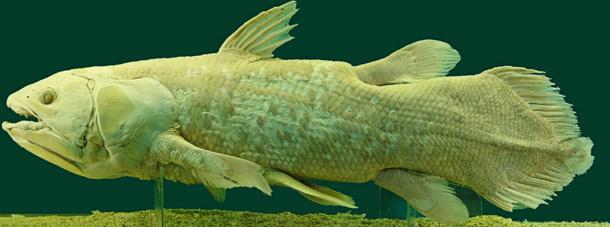
On average, Coelacanth fish weigh about 80 kg and can grow up to 2 meters long. Scientists believe that Coelacanth fish can live up to 60 years. They usually live at a depth of about 700m below sea level. They are the only known living animal with joint connections within their skull that have an effect, almost completely separating the front and back halves of the skull from the inside. The curved bend in this joint connection likely helps the fish consume larger prey. Coelacanth fish are also mucous fish; their scales secrete a slimy substance and their bodies continuously exude an oily substance. This oil is a laxative and almost impossible to eat, except when dried and salted. Their scales are very rough and are used by people in the Comoros region as sandpaper.
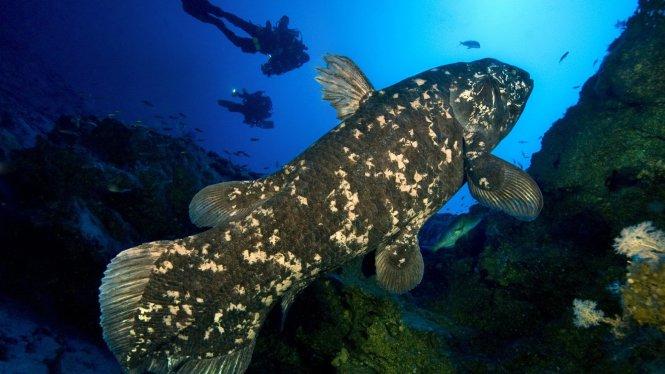
The Coelacanth fish's eyes are highly sensitive and have a tapetum lucidum (a reflective layer like that found in a cat's eyes). Coelacanth fish are almost impossible to catch during the day or on moonlit nights due to the high sensitivity of their eyes.
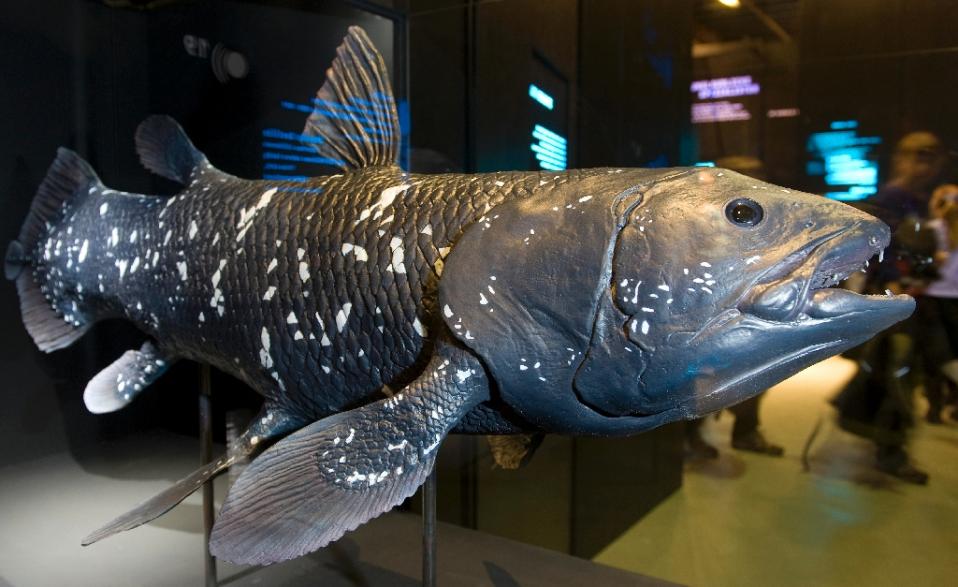
Coelacanth fish are opportunistic hunters, preying on species such as cephalopods, squid, eels, and small sharks found in their natural habitats near underwater cliffs and volcanic slopes. Coelacanth fish are also known for their head-first, jerky, and belly-up swimming style, likely used to locate their prey using the gland on their snout. Scientists believe that one reason for their success is their ability to significantly reduce their metabolic rate at any time, sinking to depths where they are less likely to be disturbed and minimizing their nutritional needs in a hibernation-like state.

The Coelacanth fish is an extraordinary living fossil with unique characteristics that have allowed it to thrive for millions of years. Its joint connections within its skull, mucous fish properties, sensitive eyes, and opportunistic hunting style make it a fascinating and elusive species worth studying and protecting.




